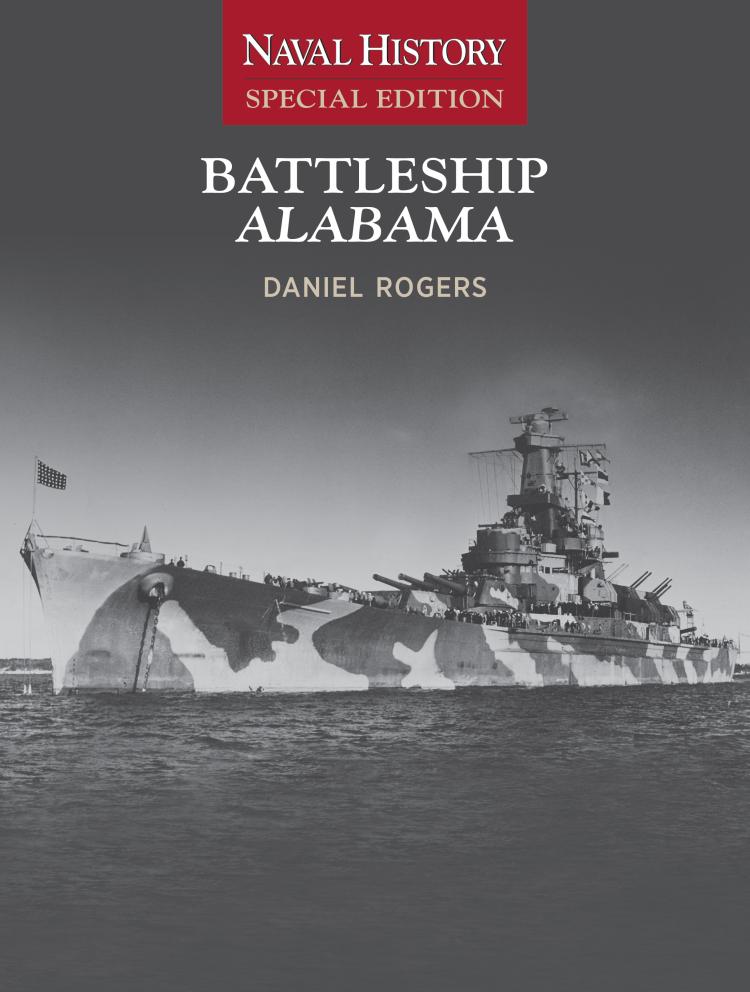Battleship Alabama
- Subject: Naval History Special Editions | Spring 2022 Catalog | World War II | Battleships, Destroyers and More | Spring 2023 Catalog | World of Warships Booklist
- Format:
Softcover
- Pages:
120pages
- Illustrations:
110 b/w photos, 10 color photos, 10 b/w line drawings, 10 b/w maps
- Published:
March 15, 2023
- ISBN-10:
1591146984
- ISBN-13:
9781591146988
- Product Dimensions:
10.75 × 8.5 × 1 in
- Product Weight:
12 oz
Overview
Building upon the expertise of the authors and historians of the Naval Institute Press, the Naval History Special Editions are designed to offer studies of the key vessels, battles, and events of armed conflict. Using an image-heavy format, these Special Editions should appeal to scholars, enthusiasts, and general readers alike.
USS Alabama (BB-60) was one of ten new fast battleships the United States commissioned from 1941 to 1944, and thus one of the most technologically advanced and powerful battleships ever to see combat.
This volume narrates the story of Alabama’s construction, design, functioning, deployments during World War II, crew experiences, commanding officers, and second life as a museum ship. During the war, her nine 16-inch/45 caliber main guns fired 1,252 rounds at enemy targets. Her secondary batteries, twenty 5-inch/38 caliber guns, were part of the most effective anti-aircraft screening actions of any navy during the war. They combined with Alabama’s 40 mm and 20 mm cannons to down 22 Japanese warplanes in the central and western Pacific.
Alabama earned nine battle stars for her participation in such battles as the Gilbert Islands, the Marshall Islands, the Philippine Sea, Leyte Gulf, and Okinawa. She finished the war by bombarding the Japanese Home Islands, deploying a contingent of Marines to Japan, and transporting home U.S. service members from the western Pacific. All the while, her crew adjusted to the varying demands of patrols through frigid seas above the Arctic Circle, amid the heat and humidity of equatorial latitudes, and during two deadly western Pacific typhoons. She returned to the United States to form part of the reserve fleet until the early 1960s, when “the Mighty A” was transferred to the State of Alabama to serve as the centerpiece of a memorial park on the shores of Mobile Bay.




